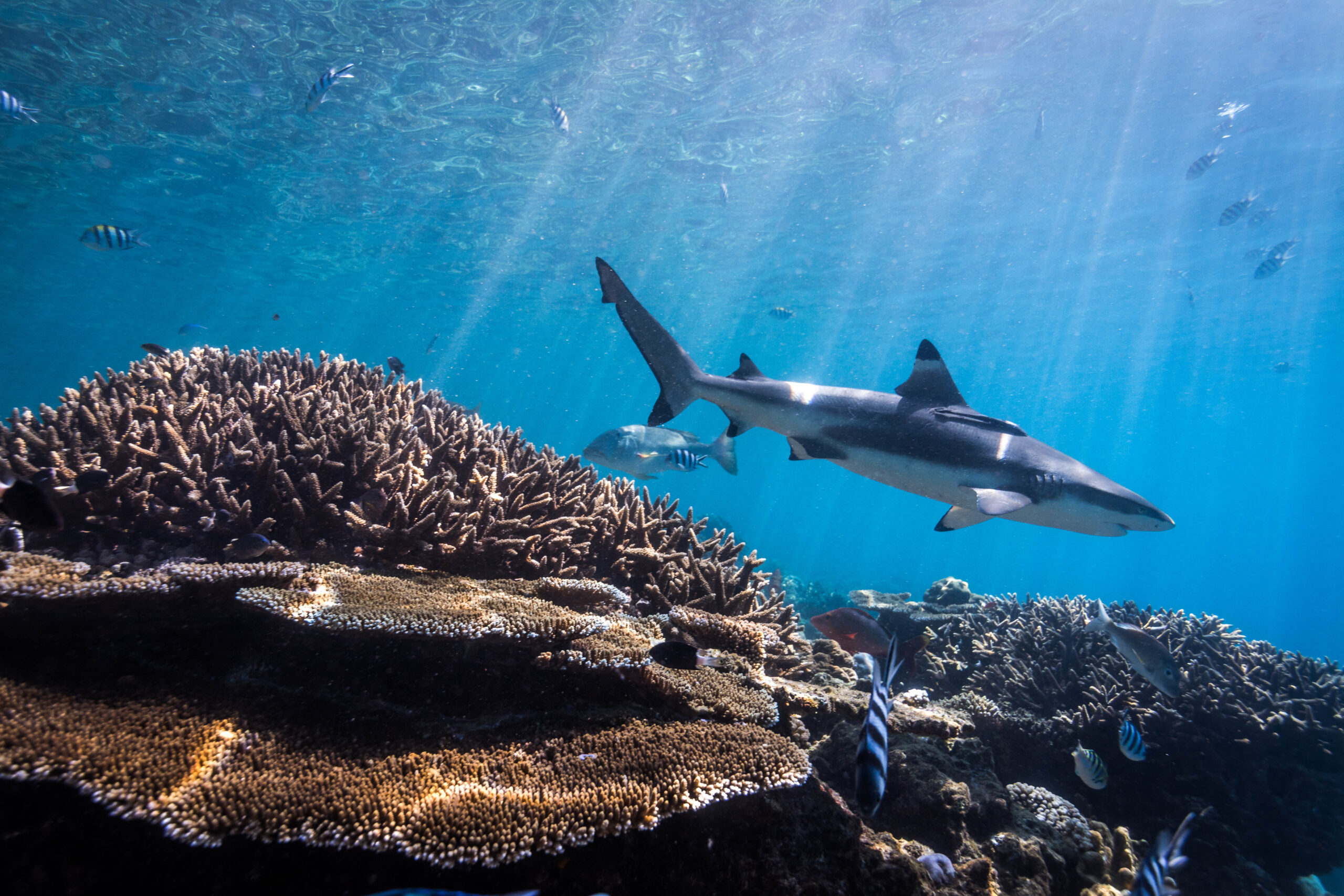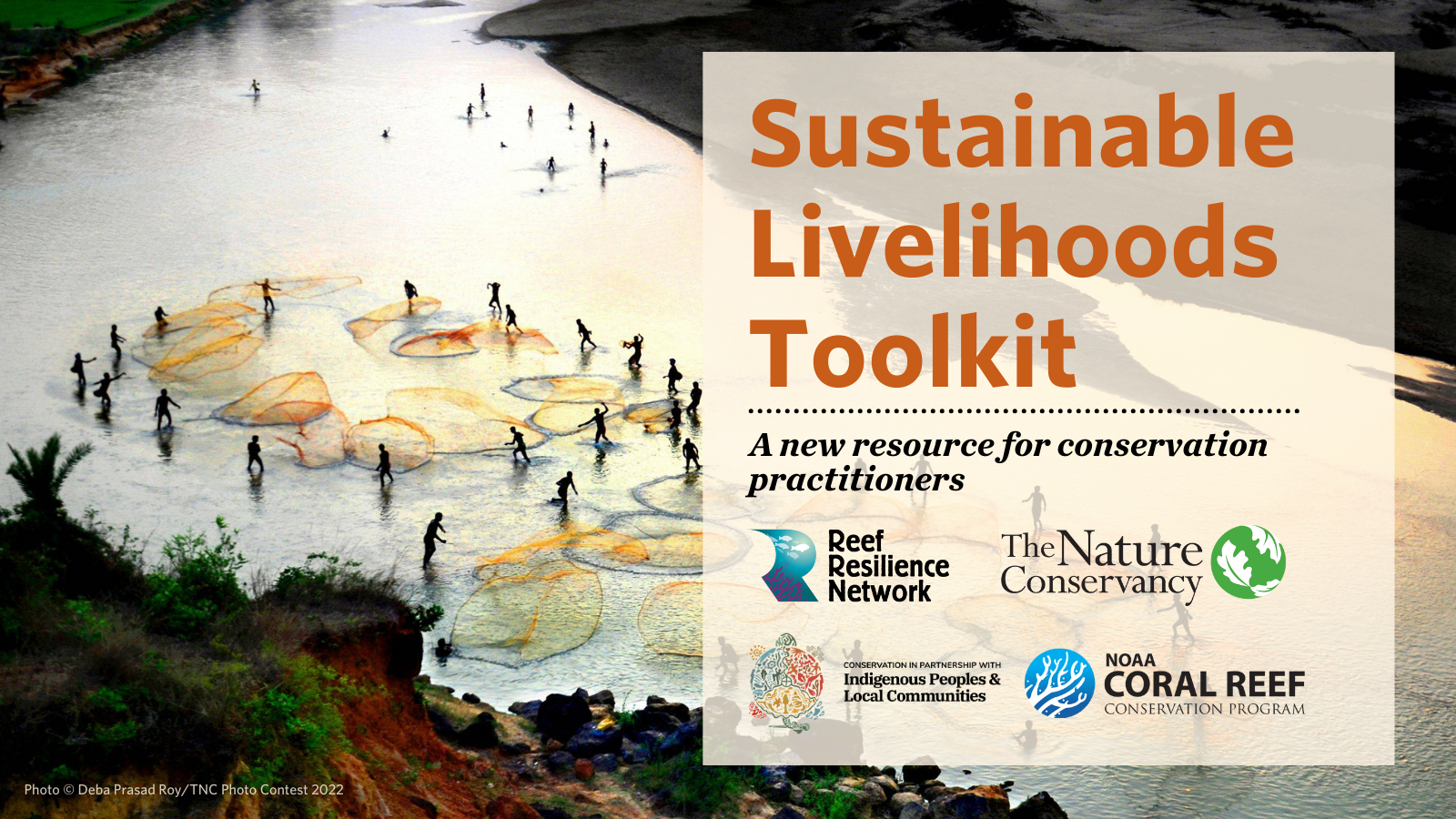Community structure in scleractinan corals and labrid reef fish are assessed in the Central Indo-Pacific Ocean by examining 100 sites along a 10,000 km transect. Since these corals and reef fish are “principal structural-formers and major consumers, respectively,” these groups can assist in understanding present and future biodiversity. The results support the null hypothesis model that species-abundance distributions are a result of environmental and demographic factors. This paper has implications for coral reef management, including the need to address broad scale processes and potentially take a seascape approach to conservation.
Author: Connolly, S.R., T.P. Hughes, D.R. Bellwood, and R.H. Karlson
Year: 2005
View Full Article
Science 309: 1363-1365. doi: 10.1126/science.1113281


